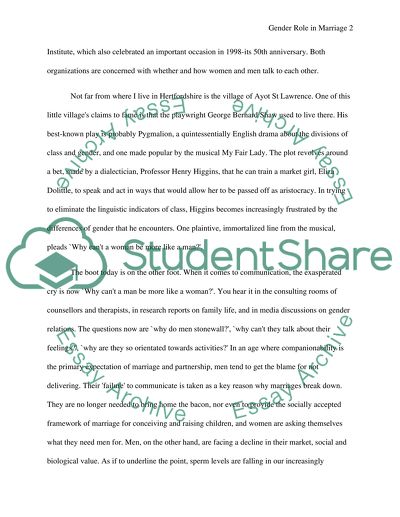Cite this document
(“The Representation of gender roles and marriage Research Paper”, n.d.)
Retrieved from https://studentshare.org/gender-sexual-studies/1409665-the-representation-of-gender-roles-and-marriage
Retrieved from https://studentshare.org/gender-sexual-studies/1409665-the-representation-of-gender-roles-and-marriage
(The Representation of Gender Roles and Marriage Research Paper)
https://studentshare.org/gender-sexual-studies/1409665-the-representation-of-gender-roles-and-marriage.
https://studentshare.org/gender-sexual-studies/1409665-the-representation-of-gender-roles-and-marriage.
“The Representation of Gender Roles and Marriage Research Paper”, n.d. https://studentshare.org/gender-sexual-studies/1409665-the-representation-of-gender-roles-and-marriage.


